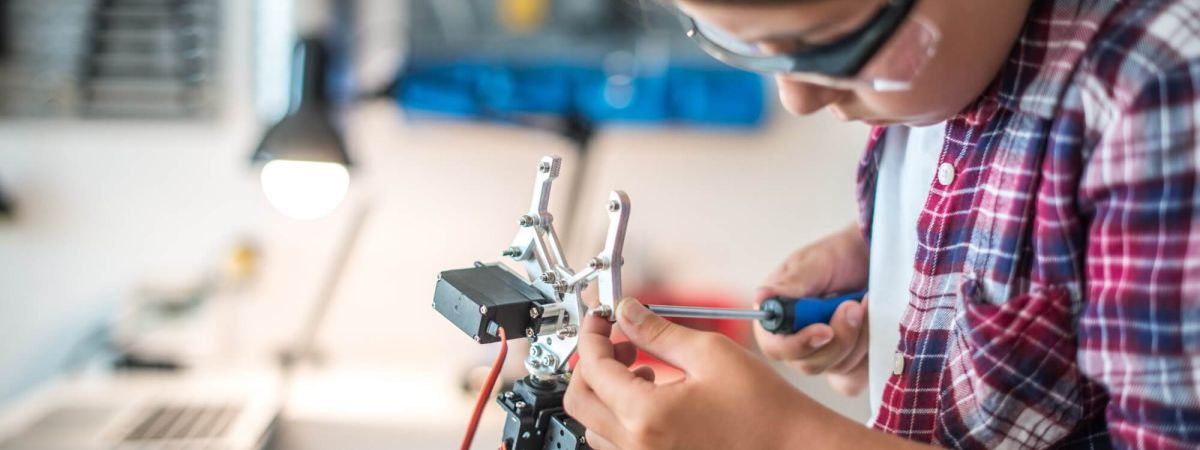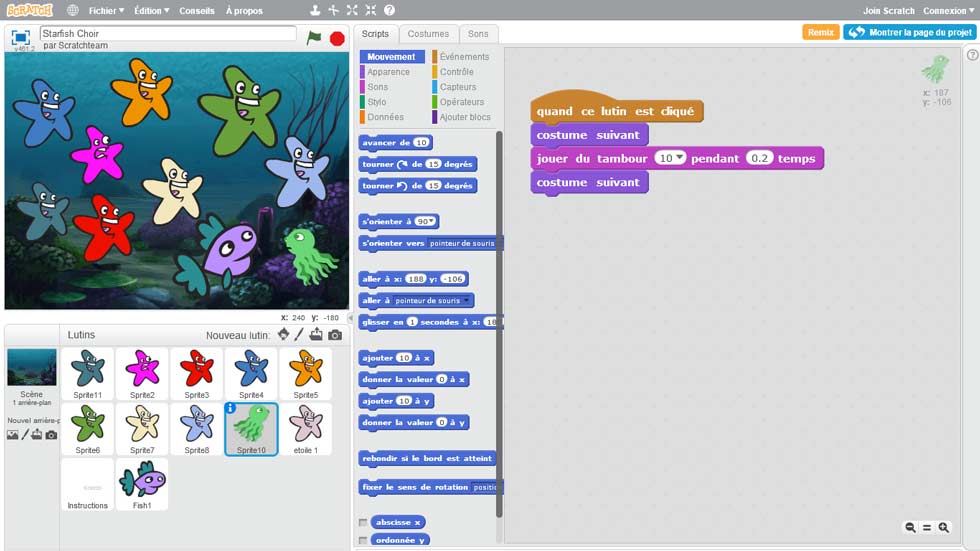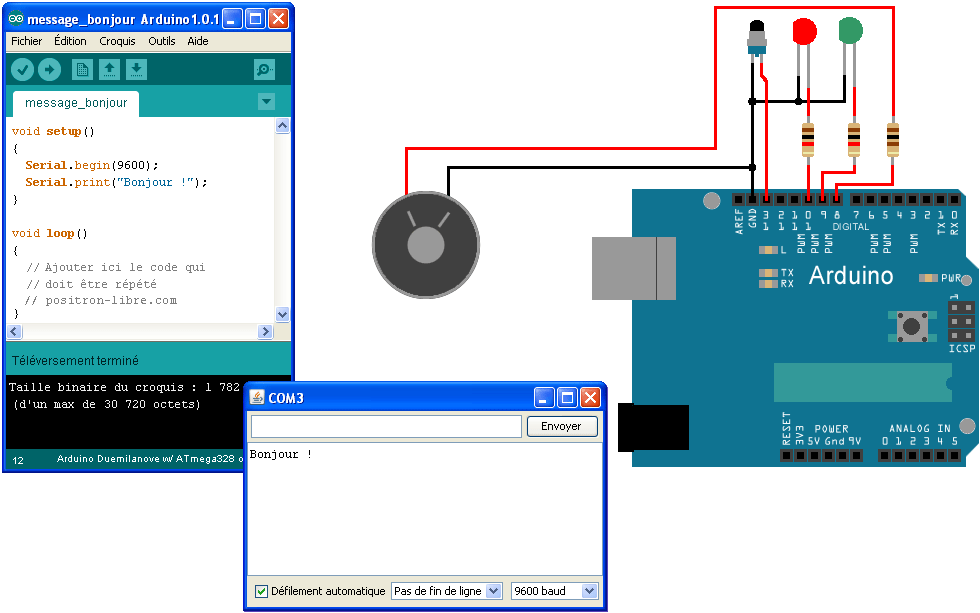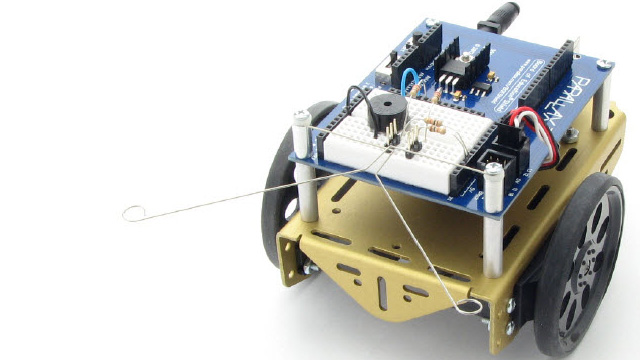
Why Robots Should Be Used In Schools
As robots slowly infiltrate our daily lives, there should certainly be more in schools. This would help children get used to automation and gain experience in the areas of technology and science that dominate the labor market.
So why should schools start using robots in their lessons?
There Is Everything You Need To Get Started
Robotics is a subject that can be taught at any level or ability. The range of educational robots on the market, like LEGO® Education products, for example, covers all the key stages.
There are construction robot kits and programming examples suitable for four-year-olds.
Many products offer lesson plans and coding examples; they can be modified to suit all class levels.
From Scratch To C Arduino
Getting started with the Scratch programming language is ideal for young children. Coding is done simply with icons which is enough to align on a line to carry out a programmed sequence.

In a more advanced level of Scratch, it is possible to program your robot with blocks. With this special robotic version, the learner (8 years and over) can program conditions, functions, and variables. In this context, we are getting closer to the real syntax of programming.

Later, the Arduino C language will naturally impose itself from the age of 14.

Use Robotic Kits
You can use the robotic kits to teach other knowledge and skills. Above all, the idea of introducing robots into schools is to learn what robots are.
Building and coding robot kits put children in a position where they manually manipulate sensors and motors, which helps improve motor skills and coordination.

In addition, you can also use robotics to introduce a reflection on real situations from the world around us. Children can learn about climate change, architecture, and engineering, as well as other topics such as biology by building and designing humanoids or animals, motorized platforms, bridges, and other structures.
Getting students to build robots introduces practical skills, where they can work as a team and exercise their communication, collaboration and critical thinking skills.
It is important to note that the introduction of robots in the class prepares children for the workforce of the 21st century. The workplace is changing rapidly and more and more industries are turning to automation (factories, sales areas, logistics, etc.). This forces students to study science, technology, engineering and mathematics ( STEM ). It has been reported that 50% of today’s children will have a job that does not yet exist. So they have to prepare!
The introduction of robotic kits provides a basis for teaching computer programming. By starting with a physical robot and learning by demonstration, learners will find that the theoretical aspect is easier to grasp.
Taking robotics courses promotes innovation and students develop entrepreneurial skills since construction and programming require creative thinking.
By giving students the opportunity to explore robotics and engineering, they can create their own programs and allow them to watch the program sequences unfold in real-time.
Finally, playing with robots is fun and you will always learn and remember information better when it is fun.
Study While Having Fun
STIM is a program based on the idea of educating learners in four specific disciplines – science, technology, engineering, and mathematics – in an interdisciplinary and applied approach. Rather than teaching the four disciplines as separate subjects, STIM integrates them into a coherent learning paradigm based on real-world applications.